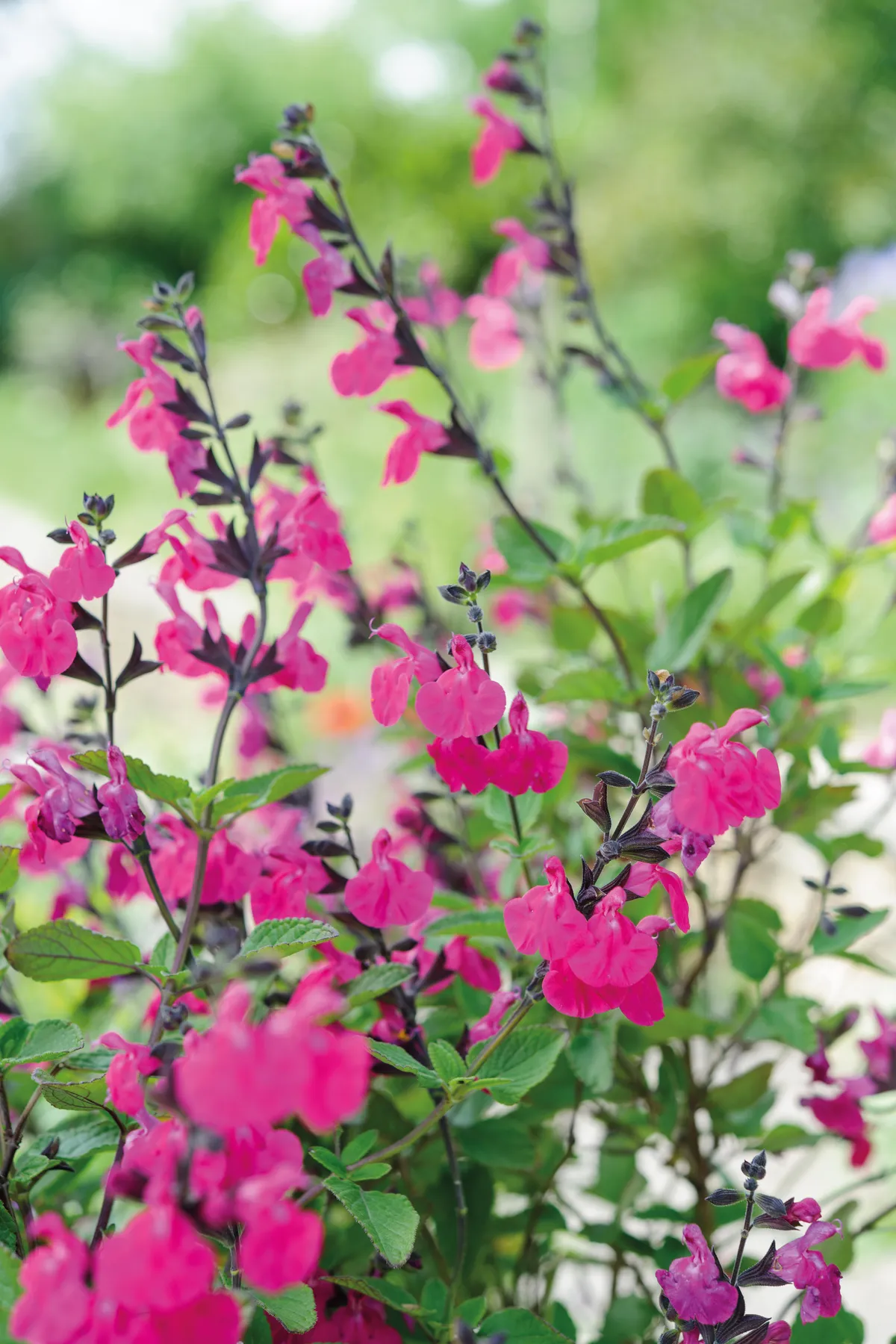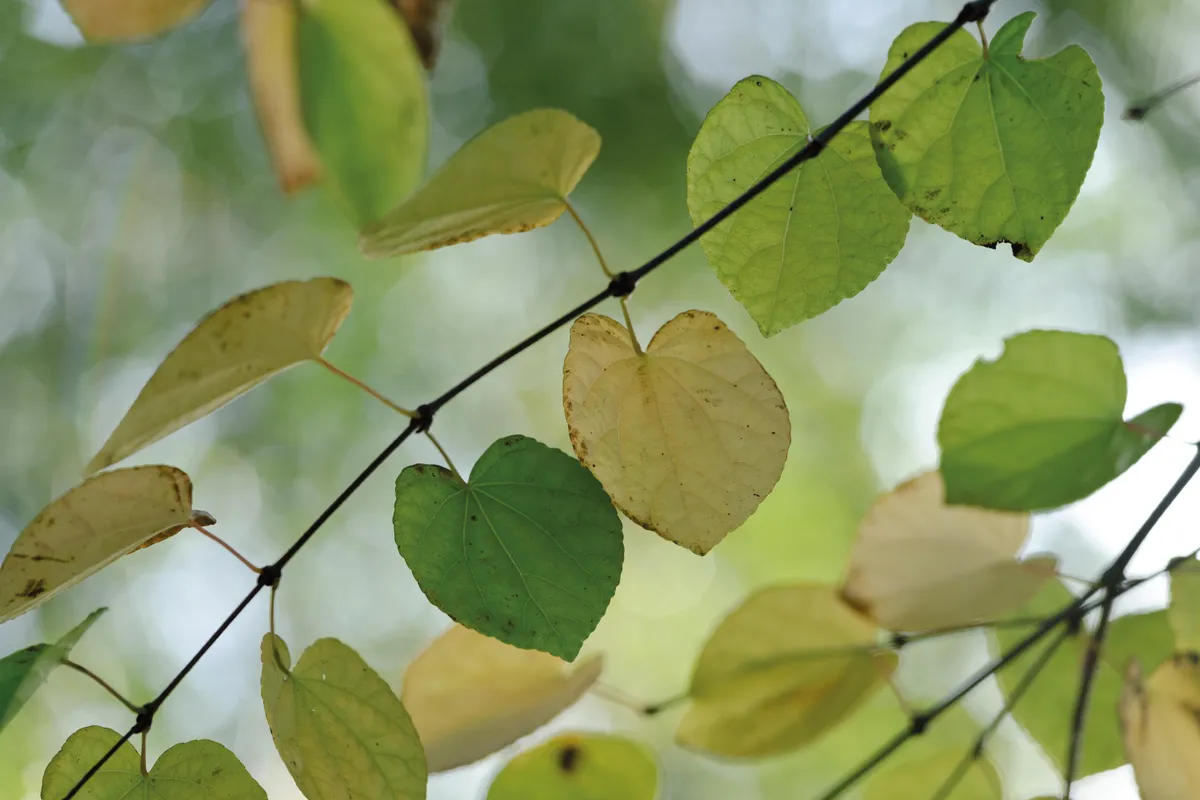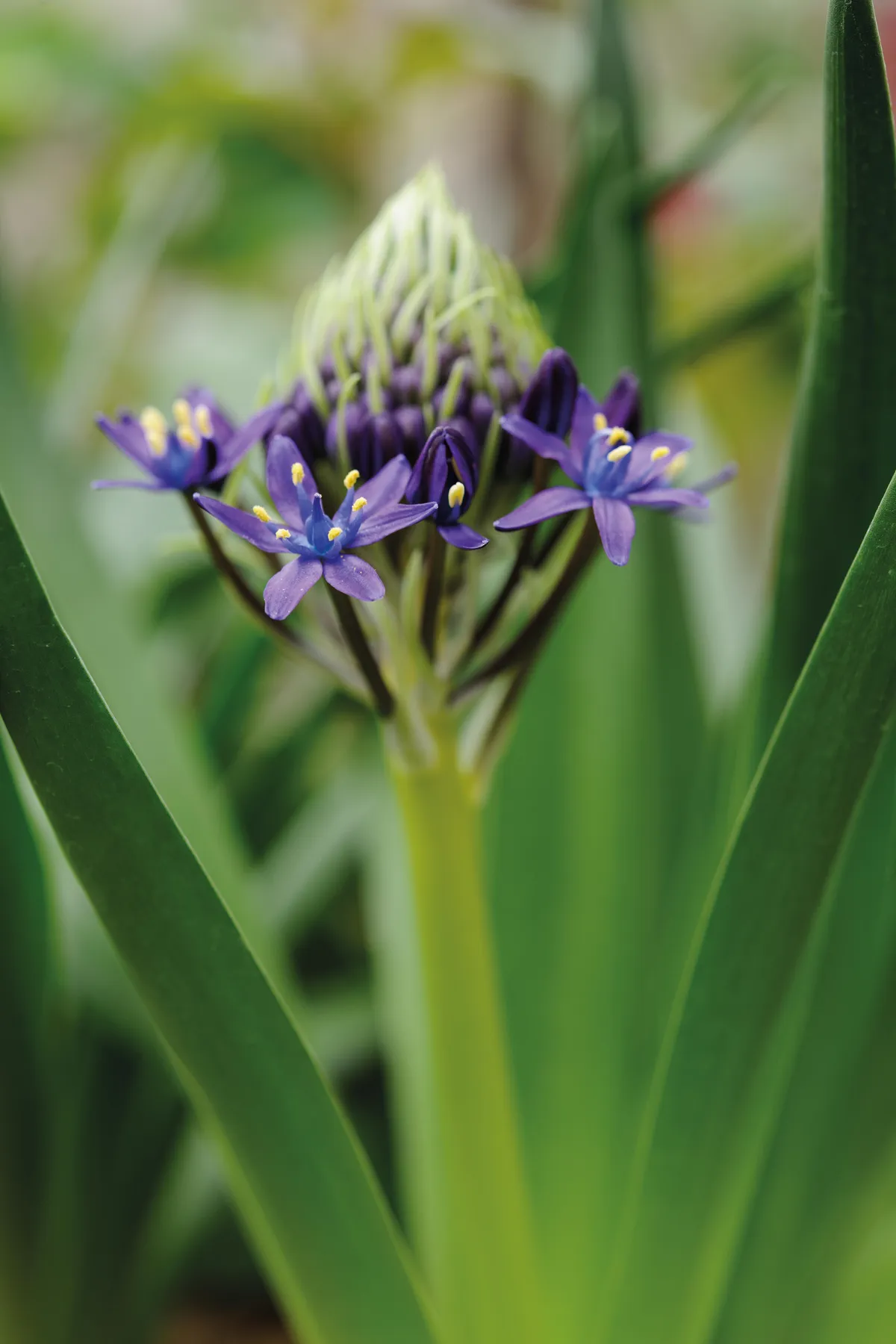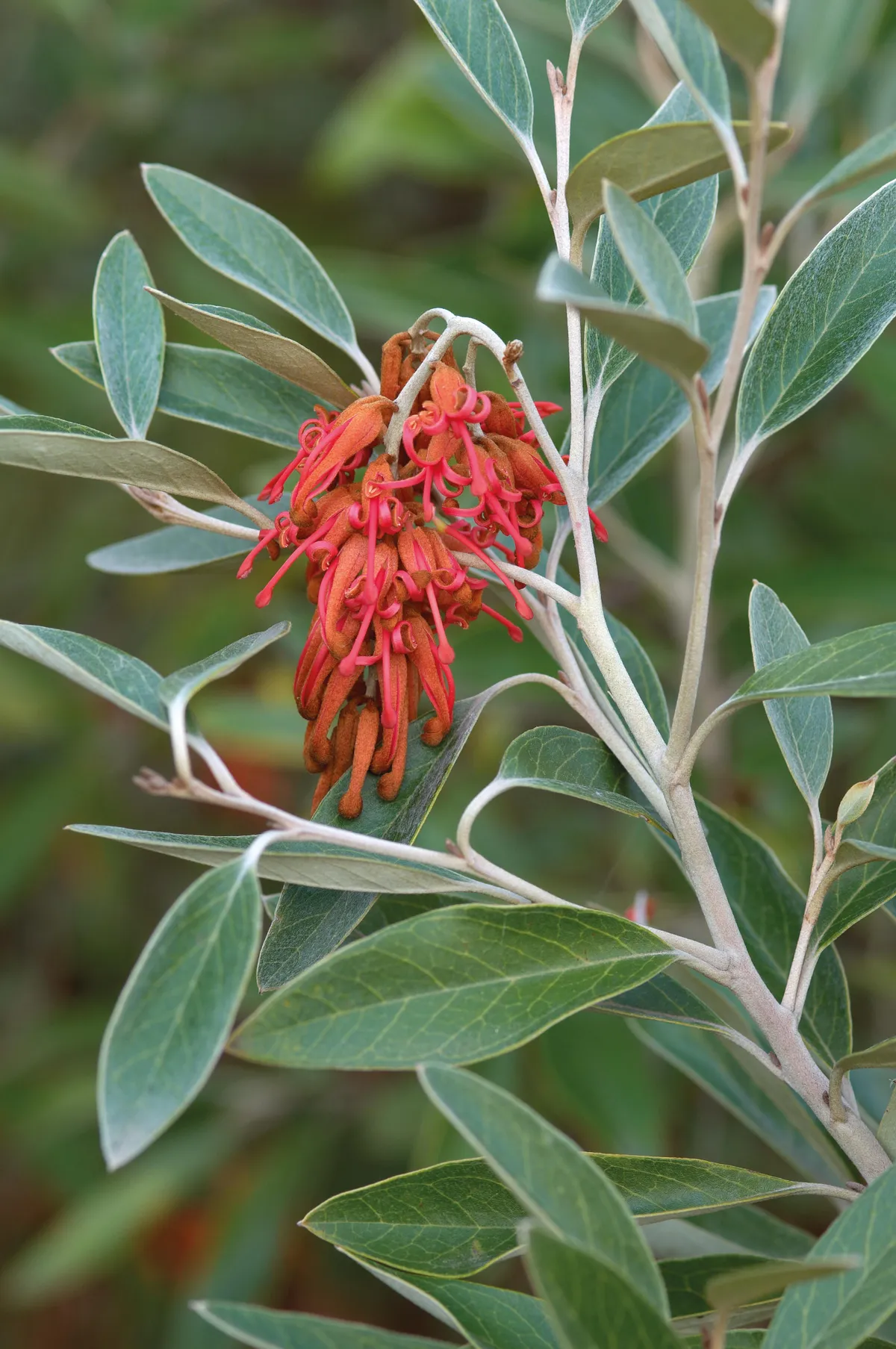Botanical plant names can be confusing, especially as they always seem to be changing, but learning the rules behind plant-naming conventions can be key to understanding more about plants’ origins and their preferred growing conditions.
Here's more on why plant names change
Formal plant classification is a hierarchical system with many levels, but the most important of those levels for gardeners, the one we use every day, is the genus (plural genera). Genera are basically distinct, recognisable kinds of plant, and in many cases the genus name is also the common name. Whenever you talk about rhododendron, iris, crocus, wisteria, camellia and penstemon, for example, you’re using Botanical Latin names of genera. All they need to become Botanical Latin, which by the way also includes a fair bit of Greek, is italicising and a capital letter, for example Rhododendron.
The only other two levels of the botanical hierarchy that gardeners normally need are the next one up (family), and the next one down (species). The rule is that family names are always made up by adding ‘-aceae’ to the genus name on which the family name is based; for example Iris + aceae = Iridaceae (with an extra ‘d’ to make it pronounceable). Species fit inside genera, just as genera fit within families. Within the genus Viburnum, for example, are several species well-known to gardeners, including Viburnum davidii. In a list like this, or anywhere the genus is understood, it is usually shortened to its initial, for example, V. davidii. Garden plants may also be hybrids of two species, in which case the name may be the two specific names separated by ‘x’. More often hybrids are given a new specific name, prefixed by ‘x’ to show it is a hybrid. So the hybrid of V. farreri and V. grandiflorum is called V. x bodnantense.
Don’t accept all names that appear to indicate a plant’s origin at face value
Garden plants are often cultivated varieties (‘cultivars’) selected for a particular feature, such as vigour, hardiness or flower shade, for example V. tinus ‘Eve Price’, and hybrids may also have cultivars, such as V. x bodnantense ‘Dawn’. Sometimes, especially in genera that gardeners and breeders have been messing about with for a long time, a cultivar’s history is so complex that it can no longer be referred to a species, or even a hybrid, so there’s just a genus and cultivar name, as in Rosa ‘Fragrant Delight’.
What, if anything, do all these names actually mean? Many genus names are just, well, names, they don’t really mean anything – they are just what the plant has always been called, often since Roman times. Salvia, Malus and Rosa, for example, are what the Romans called sage, apple and various roses. Other genera may commemorate botanists or politicians, for example Fuchsia (Leonard Fuchs, a 16th-century German botanist – remembering this, by the way, will help you to spell it correctly), Grevillea (Charles Francis Greville, an 18th-century British politician and one of the founders of the Horticultural Society of London that later became the RHS) and Gunnera (Johann Ernst Gunnerus, an 18th-century Norwegian bishop and amateur botanist). Some generic names are descriptive, but often take some decoding; Galanthus, for example, is Greek for milk-flower, Aquilegia is from aquila, Latin for eagle (the spurred petals are supposed to resemble an eagle’s talons), and Gypsophila is from the Greek for chalk-lover, from a preference for chalky soils.

Species names, like genera, sometimes commemorate famous people. For example, Berberis darwinii, Rhododendron forrestii and Acer davidii are named for Charles Darwin and the plant hunters George Forrest and Jean Pierre Armand David respectively.
If you want to be absolutely unambiguous, it always pays to use the Botanical name
Some useful indicators of habitat include sylvatica (of woods or forests) and palustris (of bogs or marshes), so plants with these names are likely to do well in shade (Luzula sylvatica, woodrush) or wet soil (Caltha palustris, marsh marigold). Armeria maritima is, of course, from the seaside, Cymbalaria muralis grows on walls and Clematis alpina really does come from the Alps.
Some specific names are simply straightforward descriptions of the plant itself, as in Dryas octopetala (eight petals), Salvia microphylla (small leaves) and Magnolia grandiflora (big flowers). Colours may be obvious as in Ribes nigrum (black, in this case referring to the fruits) or not so obvious – caerulea is from the Latin for blue as in Passiflora caerulea, lutea is yellow as in Sternbergia lutea, and coccineum is scarlet as in Embothrium coccineum.
Two useful species names are esculentum (good to eat) and sativa (planted or cultivated). So we have Lycopersicon esculentum (tomato) and Lactuca sativa (lettuce). Many names refer to the country or region of origin, either obviously (Cercidiphyllum japonicum, Wisteria sinensis, Hyacinthoides hispanica) or less so. You need to know that Nootka Sound is in British Columbia to interpret Xanthocyparis nootkatensis (although you may have had a better chance of guessing its common name of Alaska cedar when it was still known as Cupressus nootkatensis).

The rules of plant naming are set out in the International Code of Nomenclature for algae, fungi and plants (ICN), the primary aim of which is to avoid confusion by making sure a plant has only one correct name. According to the rule of priority, that name is the first one ‘validly published’ (usually these days in a scientific journal, or a magazine such as this) since 1 May 1753, which is when Carl Linnaeus started the whole system, giving every plant then known a Latin binomial, that is a genus and species name. Technically, a name is only complete if accompanied by an authority, that is whoever gave the plant its name. Authority names are usually abbreviated, so for example Linnaeus becomes L.
As long as it obeys the (complicated) rules set out in the ICN, a plant’s name is entirely up to the person doing the naming. A whopping great tree found in Gabon in 2015, bigger than any of its relatives, was named Gilbertiodendron maximum. Commemorating someone famous is always an option; Nepenthes attenboroughii, named after the celebrated broadcaster, is a carnivorous pitcher plant discovered in 2009 in the Philippines. A new orchid was recently named Dendrobium cynthiae after the Californian orchid grower Cynthia (Cyndy) Hill. The author of the orchid genus Aa wanted to make quite sure it always appeared at the top of any alphabetical list. And if you need a new genus and your imagination fails you, well, Sartidia is a new grass genus, related to the existing Aristida.

A surprising number of the ‘new’ plants discovered every year come from someone taking a fresh look at old herbarium specimens. Or, these days, looking not at plants as such, but at their DNA. Once upon a time plants were classified on the basis of their appearance, but the similarity of the DNA of two species is a perfect guide to how closely related they are. So, as sequencing DNA gets cheaper and easier, we often find our earlier ideas about classification were not entirely correct – which in turn means some names need to change. Sedum, for example, has now been split into several genera, including Hylotelephium and Rhodiola, as well as Sedum, and the Welsh poppy has been taken out of Meconopsis and put into Papaver (which is actually where Linnaeus had put it in the first place).
Can a name ever be rejected? Yes, it can, and breaking the rules is fine if obeying them would be too annoying. Thus, although strict application of the rule of priority would replace Freesia by the earlier name Anomatheca, the former is officially ‘conserved’ and the latter rejected.
A final word about common names. If you want to be absolutely unambiguous, it always pays to use the botanical name. But common names have their uses; some are extremely useful in indicating groups of more-or-less related genera, for example brooms, which are found in the genera Cytisus, Genista and Spartium. Some of these groups are so useful that gardeners even write books about them and form societies dedicated to their cultivation, for example heathers (Calluna, Erica, Daboecia and many others). And common names can be useful islands of stability when botanists start monkeying with Latin names. Most Aster species are now in Symphyotrichum, but you can still call them asters, or indeed Michaelmas daisies.
Don’t accept all names that appear to indicate a plant’s origin at face value – sometimes the authors of names weren’t sure where the plant came from, or the name is simply a mistake. No one is quite sure where Mahonia japonica comes from, but it doesn’t seem to be Japan, although it has been cultivated there for centuries; our best guess is Taiwan. Although M. japonica and M. bealei are possibly forms of the same species, and many plants in gardens are hybrids of the two anyway. Sarnia is an old name for Guernsey, so naturally the Guernsey lily is Nerine sarniensis, which would be fine if the plant in question weren’t a native of South Africa. And the Portuguese squill really is from Portugal, despite its Latin name being Scilla peruviana.

You might think it would be someone’s job to do something about names like these, but I’m afraid we’re stuck with them. There are plenty of reasons why plant names change, but being wrong, misleading or just plain unpronounceable – as in the case of Paeonia mlokosewitschii, which was named for Polish botanist Ludwik Mlokosiewicz – are not among them.
Wondering about common plant names and where they come from?